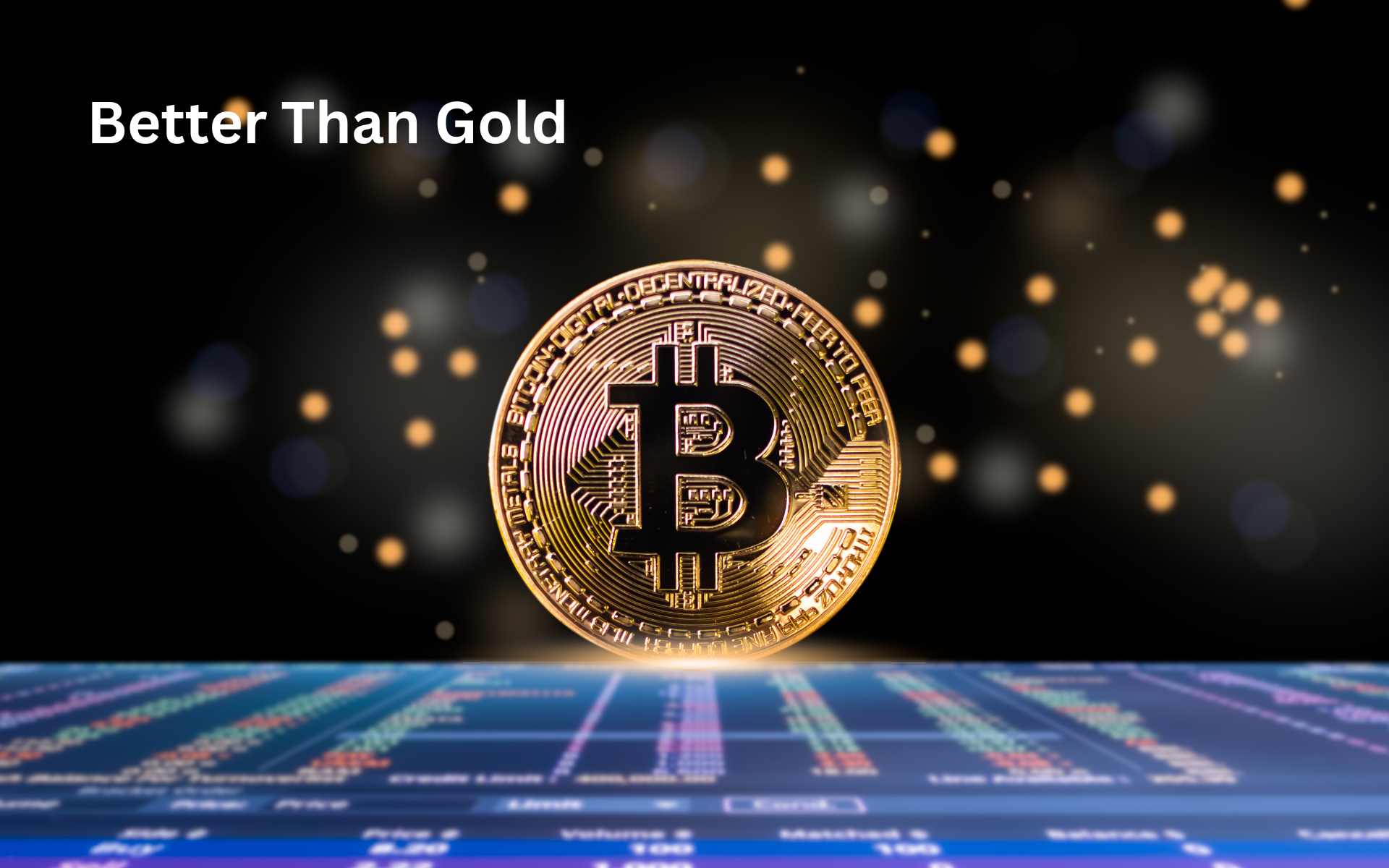Ethereum 2.0! You might have probably heard of this if you are following the Blockchain space. “Ethereum will soon move to Proof of Stack (PoS)” this is the most anticipated line everyone has heard for a few years. Common questions buzzing around are:
- What is Ethereum 2.0?
- What is Proof of Stake (PoS)?
- What will happen after the Ethereum merge?
- What is the problem with the current version of Ethereum?
- How will the Merge affect the price of ETH?
Ethereum is the most important innovation we have seen in the last decade after Bitcoin, and it will probably remain an important one for more decades to come. Ethereum is a powerful, decentralized supercomputer running on Blockchain technology. ETH is the cryptocurrency that powers the Ethereum ecosystem.
Every Blockchain needs a consensus mechanism. The process by which the participant/ node of a blockchain network decides the current state of the network is known as a consensus mechanism. There are many approaches to achieving consensus in a distributed network, but the most commonly used are the Proof of Work (PoW) and Proof of Stake (PoS) algorithms. For example, Ethereum currently follows Proof of Work (PoW).
Proof of Work networks incentivizes miners to produce blocks with a block reward funded via inflation, taxing all holders of the tokens to execute transactions on the network. In simple words, users who use the network to make transactions pay fees which are then paid to the miner as a reward for maintaining a consensus in the network. But, this process makes the network slow and demands a tremendous amount of energy and computation usage. For example, Ethereum can handle only around 30 transactions per second, and the gas fees are incredibly high.
Proof of Stake(PoS) revolves around the stake. In general, in Proof of Stake, the nodes stake the native cryptocurrency of a blockchain network. In return, the staker would get a chance to form the next block in the Blockchain. PoS doesn’t involve massive computational power like PoW and enforces lower gas fees.
That’s all for the introduction. Let’s move to what this article is all about.
Contents
All you need to know about Ethereum 2.0
Basically, Ethereum is switching the process through which it processes transactions. That’s it! Ethereum 2.0 isn’t a new idea. It is expected to change Ethereum’s economic model, resource usage, and governance. In 2014, Vitalik said of Ethereum 2.0 that, “We will either solve the scalability and consensus problems or die trying.”
Ethereum 2.0 comprises three different upgrades:
- The Beacon chain
- The Merge
- The Shard Chains
The Beacon Chain
The current Ethereum ecosystem runs on Ethereum Mainnet. The Beacon chain is the one that underpins the Ethereum 2.0 ecosystem. It is the new Proof-of-Stake chain. It went live on December 1, 2020. The Beacon Chain’s critical job is
- to maintain the proof-of-stake protocol for itself and any shard chains.
- manage validators and their stakes;
- nominate the chosen block proposer for each shard at each step;
- organize validators into committees to vote on the proposed blocks;
- apply the consensus rules;
- reward and penalise validators; and
- serve as an anchor point for shards to register their states to facilitate cross-shard transactions.
You can interact with the Beacon chain by becoming a Staker or running a consensus client. The ETH staking is also already live but:
“It’s important to note that ETH staking has a rate cap for onboarding and offboarding. So, if you put 32 ETH into a staking contract, it will take at least 7.5 hours to approve before joining the queue, and only 900 validators will be allowed to join the network each day. As a result, joining the network now requires a 10-day wait. This means that a large amount of ETH is being locked up in staking, leaving less ETH on the market to sell, and the staking incentives are not liquid; they remain locked for at least six months after the merger, so the benefits stakers receive are unlikely to be sold until at least 2023.“
The Merge
The Merge, Ethereum’s transition from PoW to PoS, is one of the most anticipated events in crypto history. Essentially, Ethereum is discarding the mining approach favouring the staking model. The Merge refers to the event in which the main Ethereum chain merges with the PoS chain, i.e. The Beacon Chain, and proof of work is completely phased out. Mining will become obsolete as a result of this.
The Merge, which is set to take place in the summer of 2022, will most likely be the largest cryptocurrency-related event.
How will the Merge affect the price of ETH?
Currently, approximately 13,000 ETH are minted per day. That number will be reduced to about 2,000 if proof of stake is implemented. This lower issuance and the burning of some transaction fees thanks to EIP-1559 means that Ethereum could become a deflationary currency. When supply falls while demand remains constant or rises, prices rise proportionally.
Furthermore, at the time of the Merge, the staking payout rate will nearly increase from current levels to anywhere between 9–12 percent. Ethereum holders will be able to earn a large yield on a non-stable asset due to this.
The Shard Chain
The third milestone of the roadmap is “The Shard Chain”. It is anticipated to be released sometime in 2023.
Sharding is Ethereum 2.0’s brain. Consider Ethereum to be a vast transaction database. This upgrade will divide the database into numerous smaller fragments known as shards. Each shard will have its own state and transaction history, which will be sent to validators so that they can process and validate transactions more quickly. As a result, instead of reading through the whole history of the database, the validator can only read a tiny shard. This will boost the throughput of the Ethereum blockchain, increasing the rate of TPS, making it more efficient, and lowering storage costs.
Image Source
- ethereum feature image blockmagnates (1): Photo by Nenad Novaković on Unsplash





